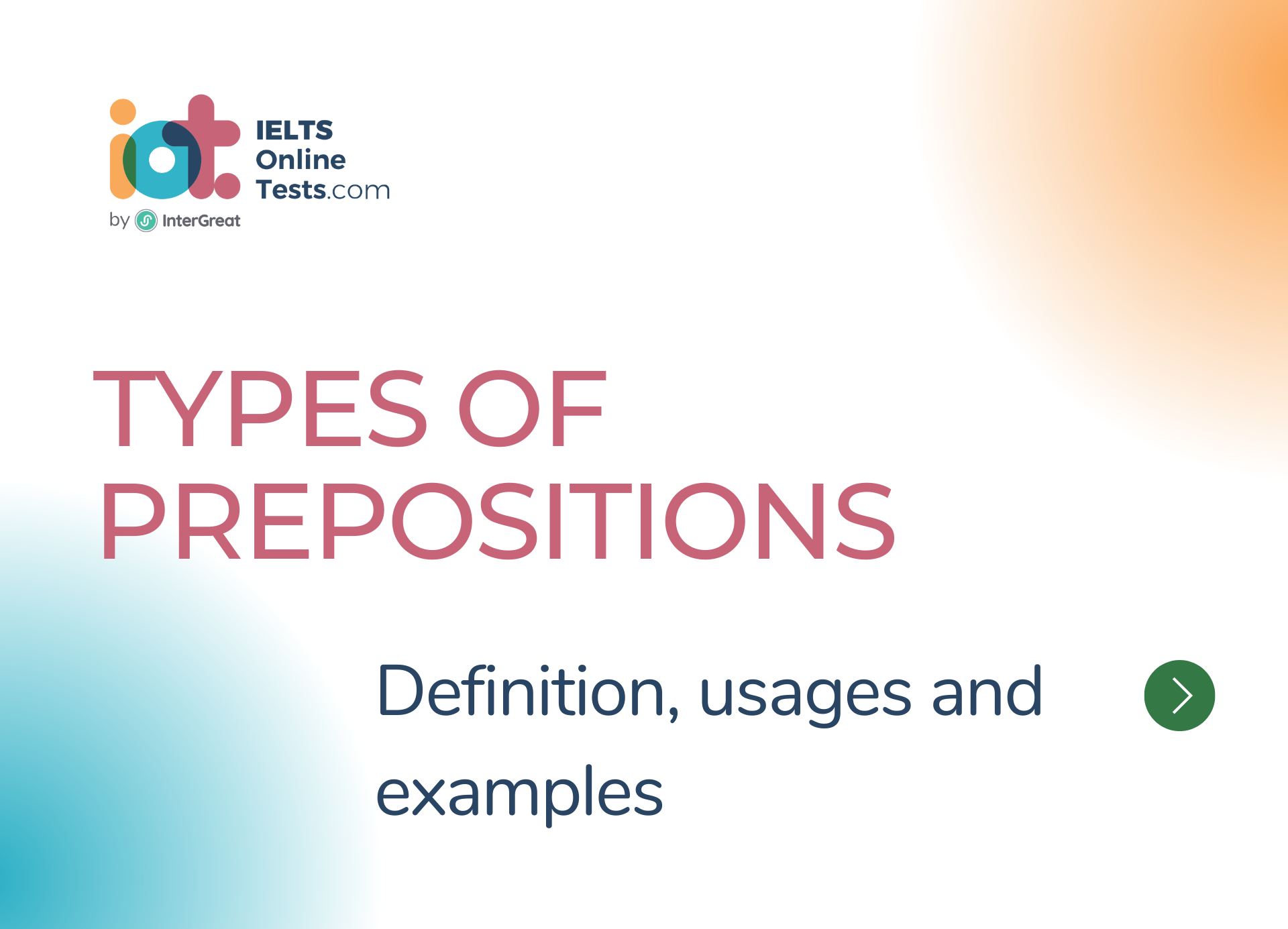
Types of Prepositions
Here are some common types of prepositions:
Simple Prepositions: These are single-word prepositions that express relationships of time, place, direction, manner, or other relationships.
Examples include "in," "on," "at," "over," "under," "with," "by," and "from."
Compound Prepositions: These are prepositions formed by combining two or more words. They function in the same way as simple prepositions and indicate relationships of time, place, or direction.
Examples include "in front of," "on top of," "out of," "due to," and "instead of."
Prepositional Phrases: These are phrases that consist of a preposition followed by its object and any modifiers. Prepositional phrases function as a single unit within a sentence and provide additional information about location, time, direction, or other relationships.
Examples include "in the park," "on the table," "at the beach," and "with a smile."
Prepositions of Time: These prepositions are used to indicate specific time relationships.
Examples include "during," "after," "before," "at," "on," "in," "since," "until," and "for."
Prepositions of Place: These prepositions indicate location or position.
Examples include "in," "on," "at," "under," "above," "below," "beside," "behind," "between," and "among."
Prepositions of Direction: These prepositions indicate movement or direction.
Examples include "to," "from," "into," "out of," "towards," "away from," "through," "across," and "along."
Prepositions of Agent: These prepositions indicate the agent or doer of an action.
Examples include "by" and "with."
Prepositions of Source: These prepositions indicate the source or origin.
Examples include "from," "out of," and "off."
Prepositions of Purpose: These prepositions indicate the purpose or reason.
Examples include "for" and "to."
Prepositions of Condition: These prepositions indicate the condition or state.
Examples include "in" and "on."
Understanding the different types of prepositions and their usage will help you construct clear and grammatically correct sentences while expressing relationships accurately.




